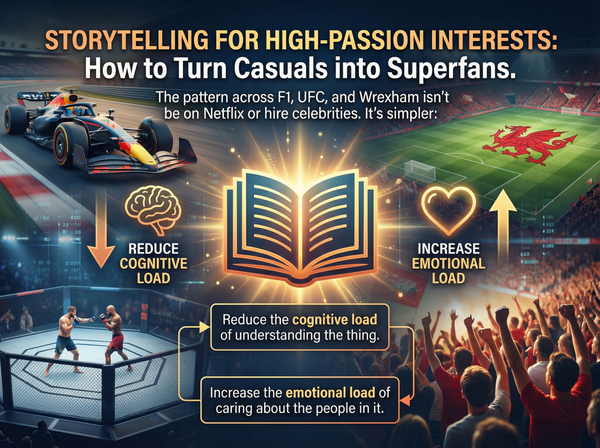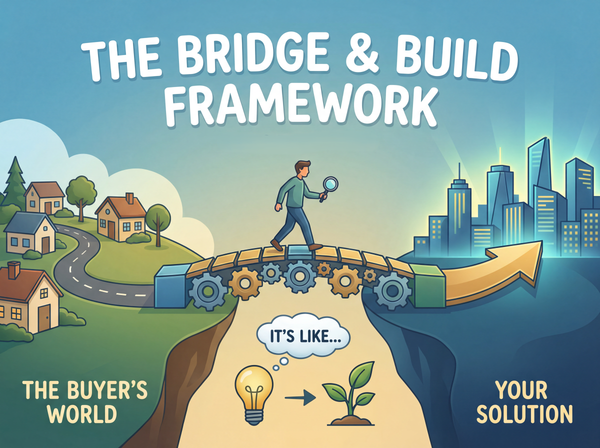The Email Campaign Playbook: Proven Strategies That Drive 40% More Revenue
Most brands waste email campaigns on promotions nobody reads. But when done right, a single campaign can drive 40% of your revenue.
While automated email flows handle consistent background communication, strategic campaigns are the planned, one-off messages that achieve specific, high-impact goals like promoting a new product, announcing a sale, or sharing company news.
For a thriving email program, you need to stay in your subscribers' inboxes consistently. The goal is to build a habit of them seeing and engaging with your emails.
The Planning Stage: Your Monthly Campaign Strategy
Every great campaign starts before you hit send - with a crystal-clear goal, the right audience segment, and perfect timing.
- Define Your Goal: Every campaign needs a specific, measurable goal. For example: Increase Black Friday sales by 20%, Get 500 sign-ups for a new webinar, or Win back 10% of inactive customers.
- Segment Your Audience: Avoid sending every email to everyone. Audience segmentation is key to higher engagement. Segment your list based on past purchases, geographic location, or engagement levels to ensure your message is relevant to the people receiving it.
- Create a Campaign Calendar: Aim to send 3-4 campaigns per week to maintain a consistent presence in your customers' inboxes. A good monthly calendar, with 12-14 campaigns, balances different types of content:
- Nurture-Heavy Emails (6 per month): Focus on providing value. This can include a full text-based email with a personal message from the founder, or value-based emails about your niche, such as a how it's made breakdown of ingredients or tips.
- Promotional Emails (2 per month): These are your major sales or limited-time offers, like a flash sale or a week-long holiday promotion.
- Product-Based Emails (6 per month): These highlight specific products, like a back in stock announcement for a best-seller, a product guide, or a reviews email to showcase social proof from real customers.
This balanced approach ensures you are consistently adding value to your subscribers' lives, which builds trust and makes them more receptive to your promotional emails.
Campaign Ideas to Get You Started
Here are some specific campaign ideas you can use to fill your monthly calendar. For inspiration, check out sites like Milled and ReallyGoodEmails to see what other brands are doing well.
- Product Promotion Campaign: This is all about generating sales for a specific product or service. This can often be a series of emails leading up to a launch or sale.
- Example: A Product Drop
- Email 1: The Teaser: Create intrigue without giving everything away.
- Subject Line: NOW LIVE // Bratz Rock Angelz x Velvet Caviar
- Email 2: The Announcement: The big reveal, with high-quality photos or video.
- Subject Line: FIRST LOOK Bratz Rock Angelz Cases
- Email 3: The Follow-up: A final push for those who may have missed the announcement.
- Email 1: The Teaser: Create intrigue without giving everything away.
- Example: A Product Drop
- Customer Engagement Campaign: The purpose is to keep your audience connected and interested in your brand even when they aren't actively shopping.
- Example: A Community and Brand Story Spotlight
- Email 1: The Founder's Story: Share a personal message from the founder.
- Email 2: User-Generated Content: Showcase your customers and their stories.
- Email 3: Behind-the-Scenes Look: Give subscribers a peek behind the curtain.
- Email 4: Growth Update: Share a quarterly update to thank your customers.
- Example: A Community and Brand Story Spotlight
- Content and Education Campaign: Position your brand as an expert by sharing valuable content.
- Example: An Educational Series
- Email 1: The Introduction: Announce a new series of educational content.
- Email 2: The Deep Dive: Continue the series with more detailed information.
- Email 3: The Conclusion: Wrap up the series and transition to a soft sell, showing how your product helps them achieve a desired outcome.
- Example: An Educational Series
- Special Events and Announcements Campaign: These campaigns communicate important news such as a major sale or a restock.
- Example: A Flash Sale
- Email 1: The Announcement: Announce the sale and create urgency.
- Subject Line: Free Makeup bags, limited stock!
- Email 2: The Reminder: A final nudge for those who haven't purchased yet.
- Email 3: The Last Chance: Send a final email to encourage any last-minute purchases.
- Email 1: The Announcement: Announce the sale and create urgency.
- Example: A Flash Sale
- Other Campaign Examples:
- How It's Made / What's Inside: Your customers are curious. Use this campaign to highlight your unique selling points, like special ingredients or sustainable sourcing. This builds trust and brings your subscribers closer to your brand.
- Single Benefit Outline: Focus on a single benefit of a product, such as Our new moisturizer hydrates for 24 hours, and build the email around that one key feature.
- Product Guide: Showcase your products in a helpful way. This could be Best looks and what to wear it with or How to style our products in winter vs. summer. The goal is to show how your product helps them achieve a desired outcome.
- Trending Products: Capitalize on seasonal selling. A campaign focused on the hottest product of the summer or a winter essentials roundup can drive strong sales.
- Reviews: Use fun, wild, or heartwarming customer reviews to provide powerful social proof and a sense of community.
Measuring Your Campaign's Success
Once your campaign is sent, your work isn't over. Analyzing the results is crucial for learning what works and what doesn't.
- Key Performance Indicators (KPIs): Track important metrics like your open rate and click-through rate (CTR). Top-performing brands consistently see open rates above 40% - and if you’re below that, your deliverability (and revenue) could be at risk.
- Revenue from Email: The ultimate measure of success for many campaigns. Monitor the revenue directly attributed to your email marketing. A healthy percentage of your total revenue should come from email—25-40% is a good benchmark.
- A/B Testing: This is a powerful way to optimize your results. Try sending two versions of an email to a small portion of your audience—one with a question in the subject line, and one without—and see which performs better. Use the winning version for the rest of your audience.
Keep Crushing!
- Sales Guy


